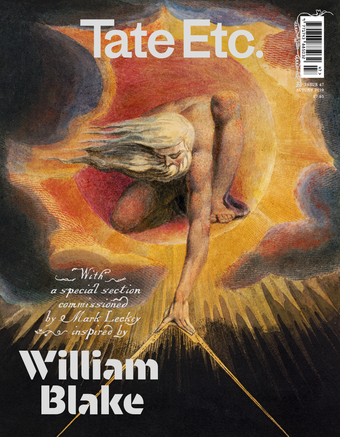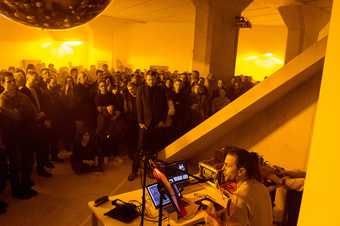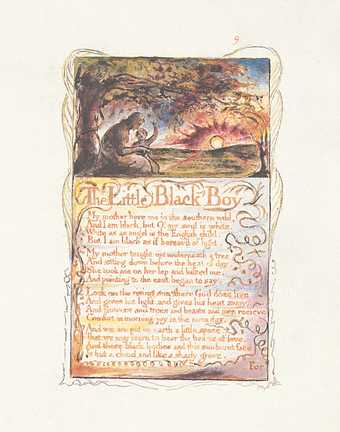Editor’s Note

There seems to better time than the current one to experience the work of William Blake. Too often he can be portrayed as the English visionary genius lost in the world of his imagination, a description his wife Catherine would have known when she remarked: ‘I have very little of Mr Blake’s company; he is always in Paradise.’
Yet, his remarkable output, during a turbulent time of war; revolution and progressive politics, has come to represent admirable universal human values that remain just as important now. Not only was Blake a strong believer in championing artistic freedom and a defender of the fundamental role of art in society, he also demonstrated a political commitment that remains apposite today.
As co-curators Amy Concannon and Martin Myrone write eloquently in the catalogue accompanying the Blake exhibition: ‘It is not by chance that his art and words have connected so powerfully the political right, the political left, the establishment and the opposition, the marginalised and the mainstream, libertarians of all extreme forms, as well as the moderate and middle-class. Because the kind of freedom that Blake espoused ... belongs distinctively to the modern Western world, providing ideals which are subscribed to across much of the political spectrum, and embodying wider values that we are all expected to cherish and defend.’ Blake asked the bold question, as we might do now: What kind of society do we want to live in?
It is no surprise that William Blake continues to influence new generations. To celebrate this, we asked Mark Leckey, whose exhibition runs concurrently at Tate Britain, to commission a special section in Tate Etc. taking the ideas and art of Blake as a starting point. The result is a wonderfully diverse and compelling range of contributions, from poet Raymond Antrobus’s recollections of growing up with the words of Blake and Bob Marley, to artist Imran Perretta’s tribute to community leader Nurull Islam.




